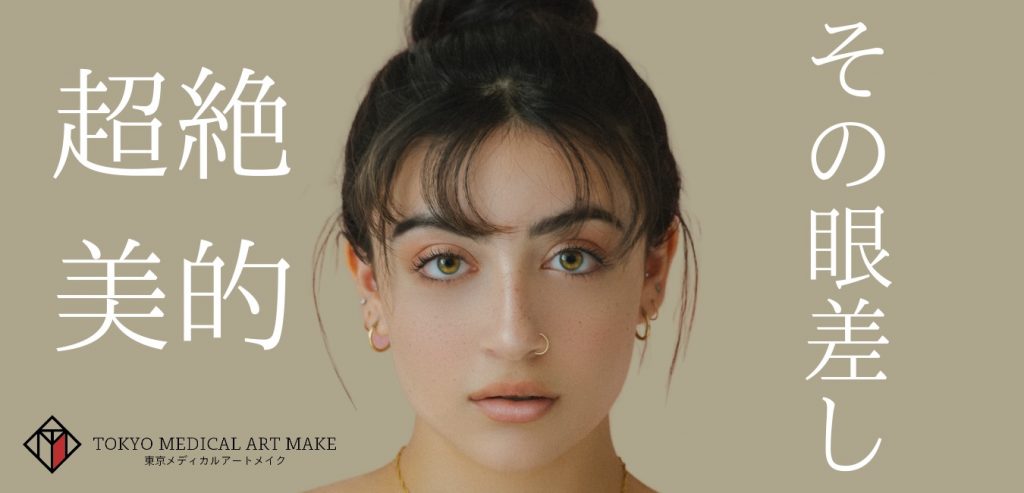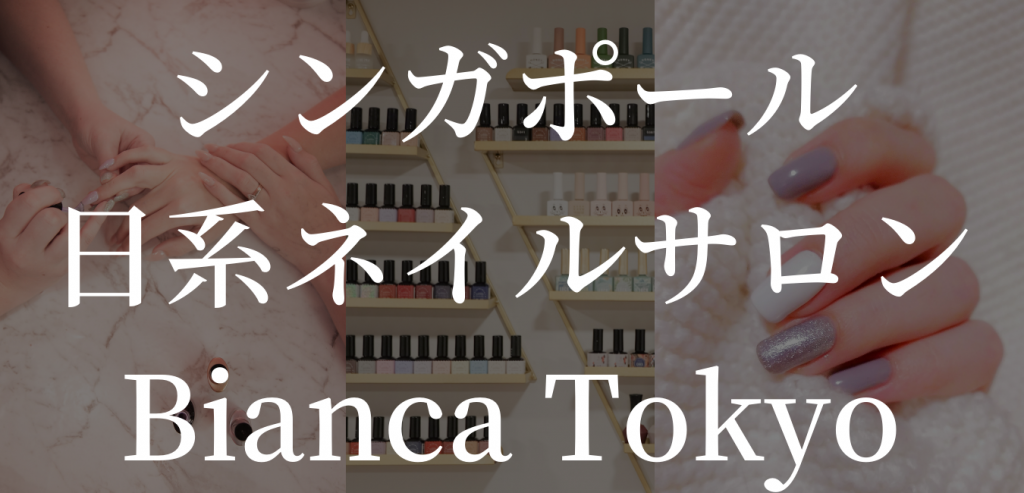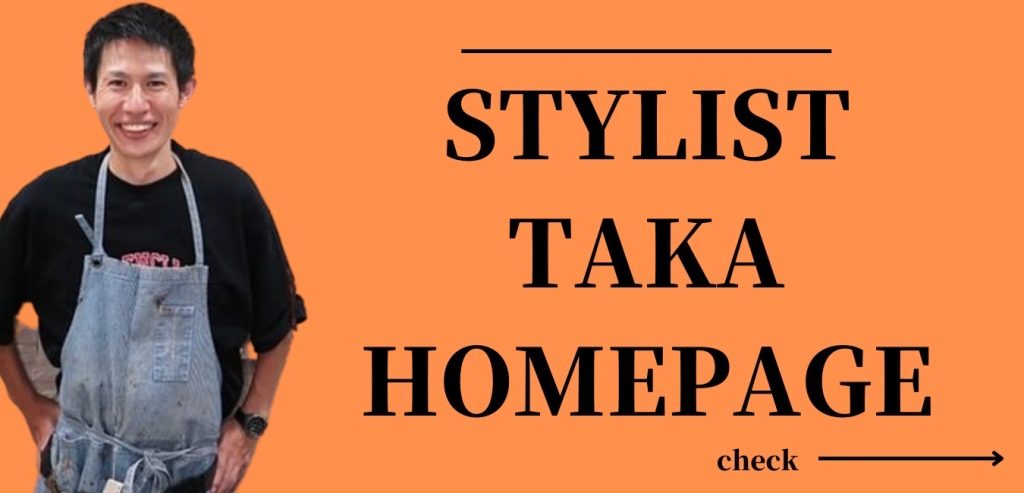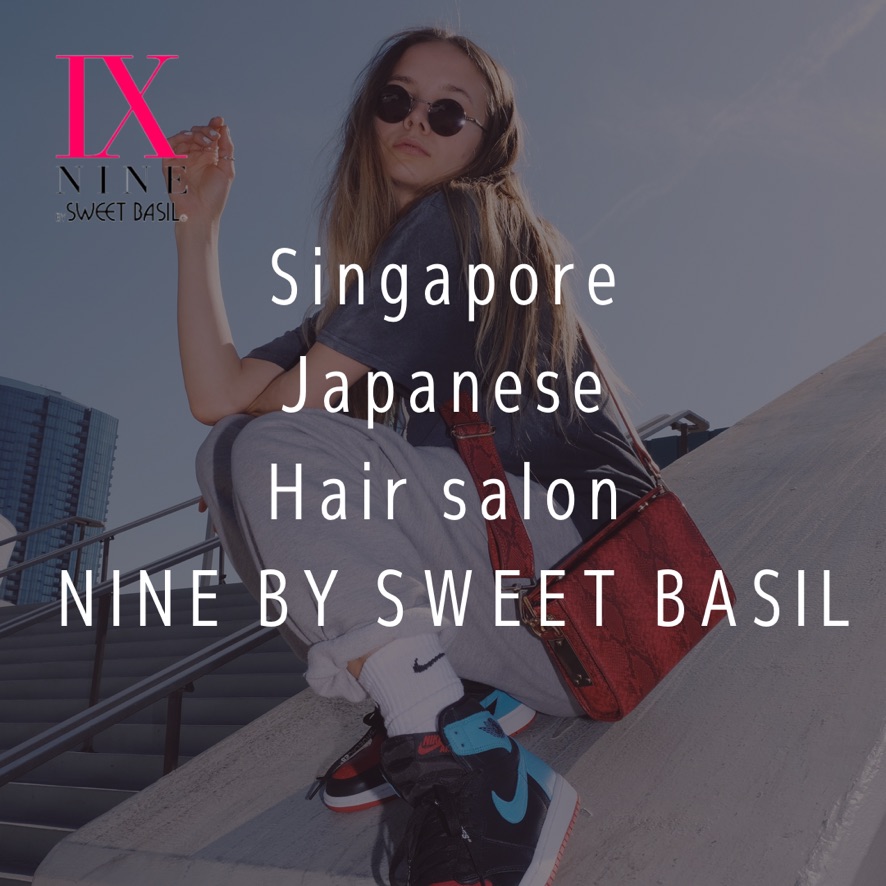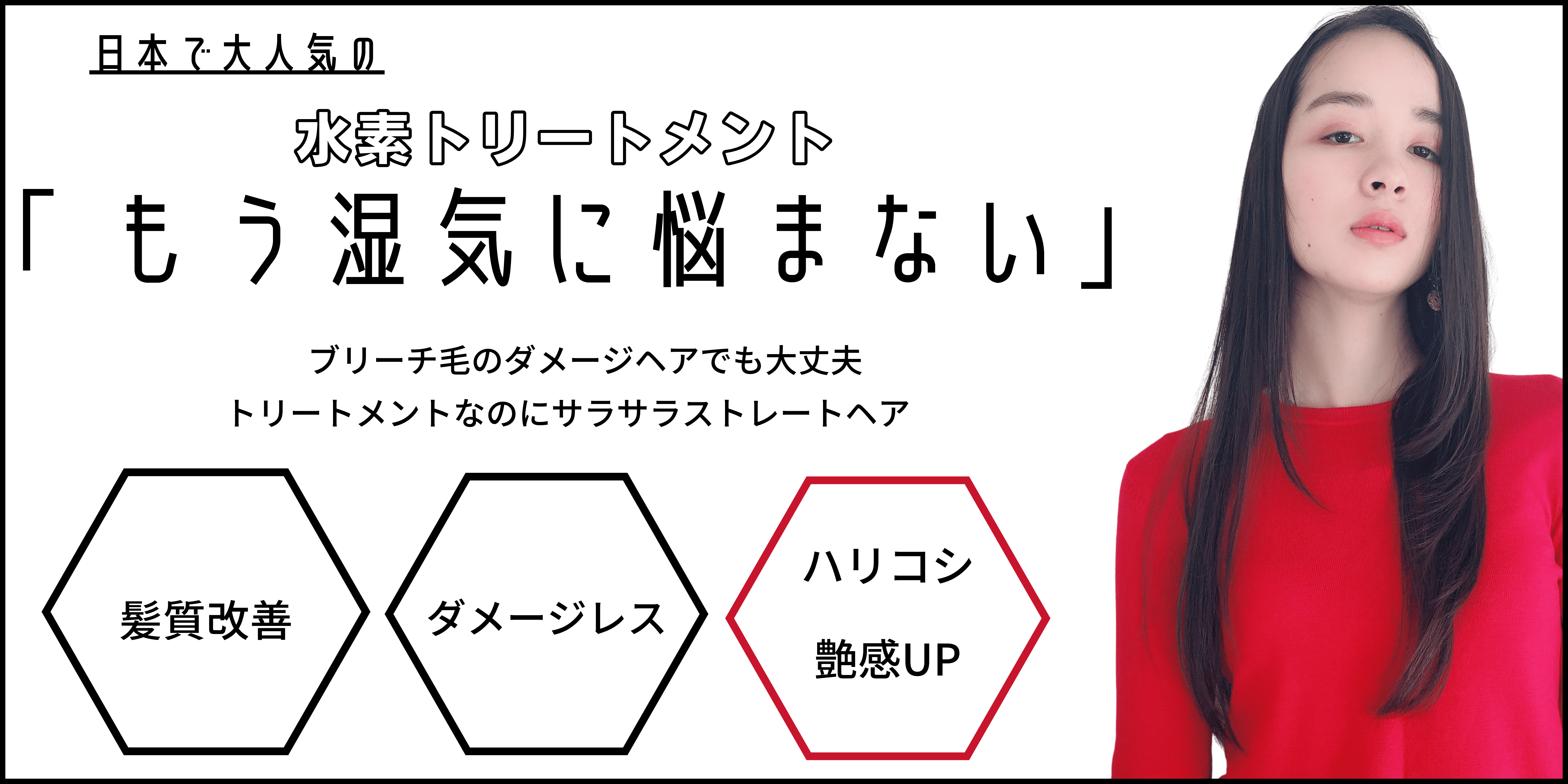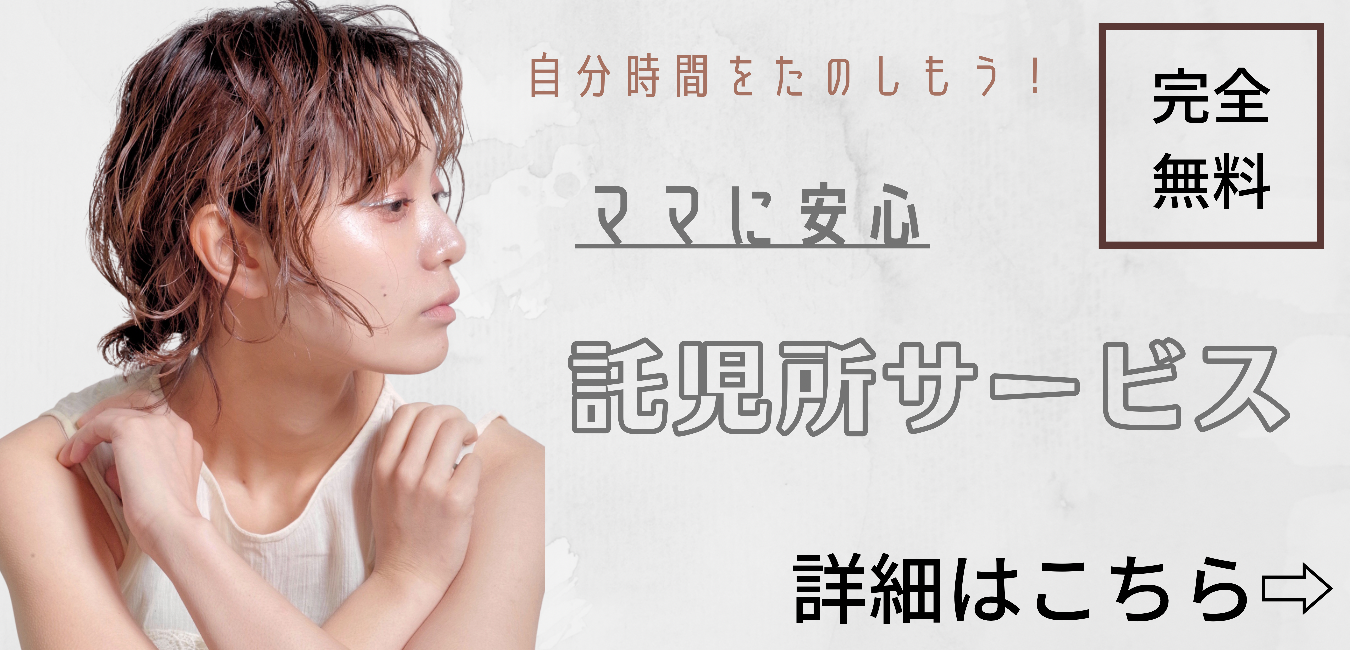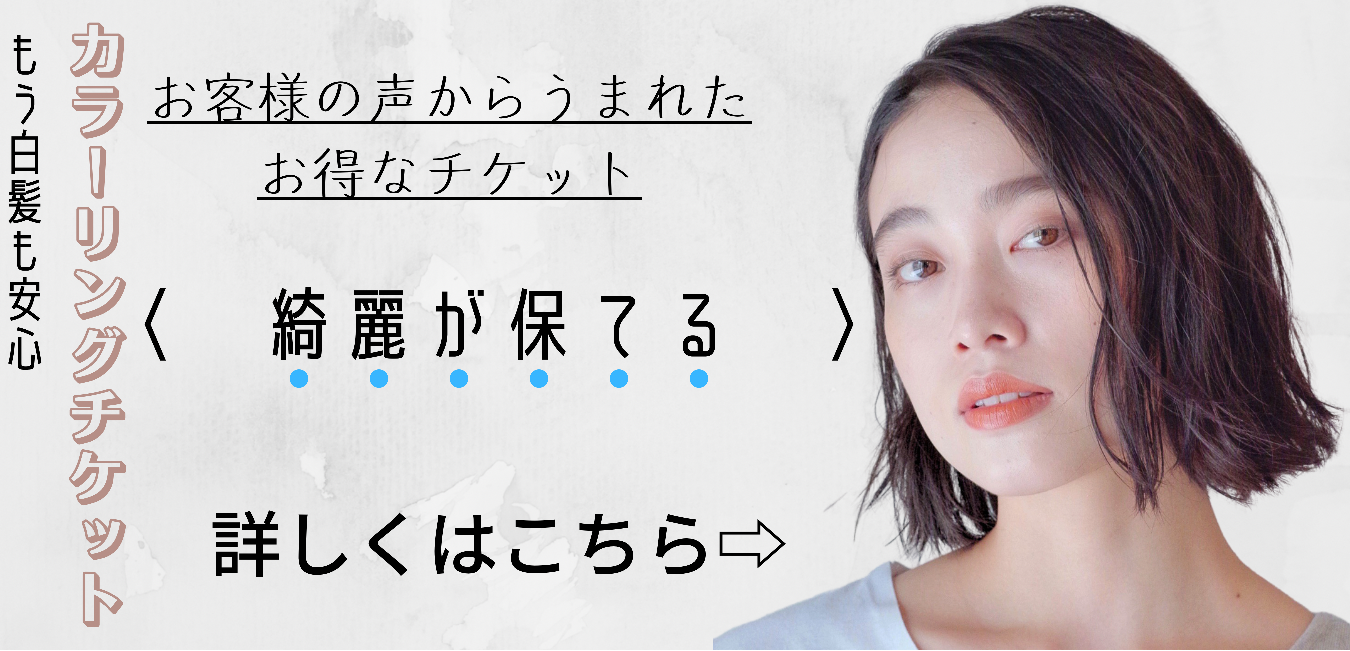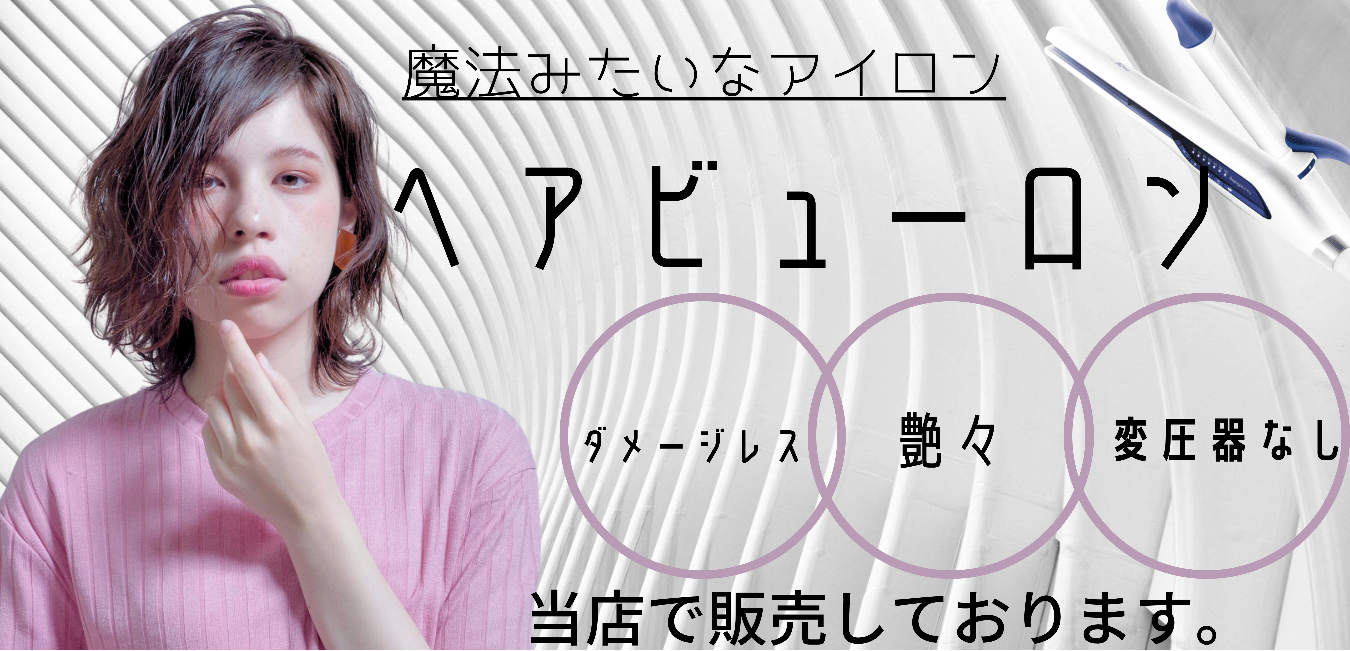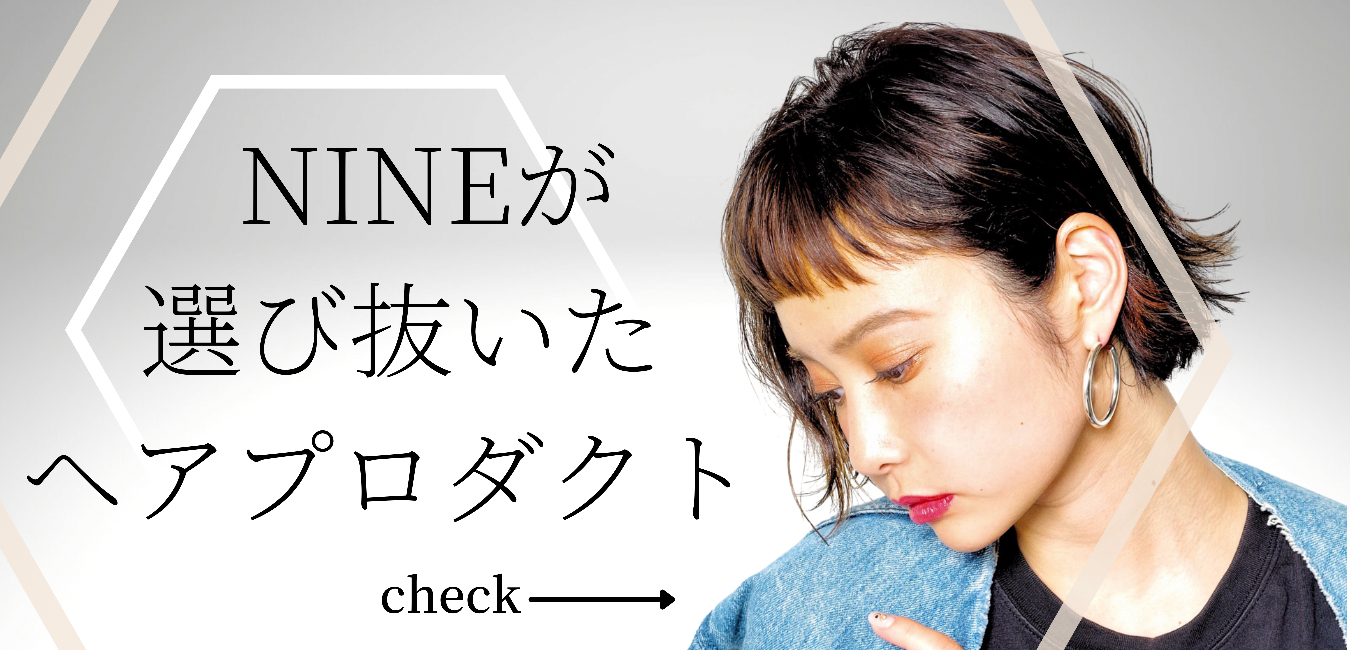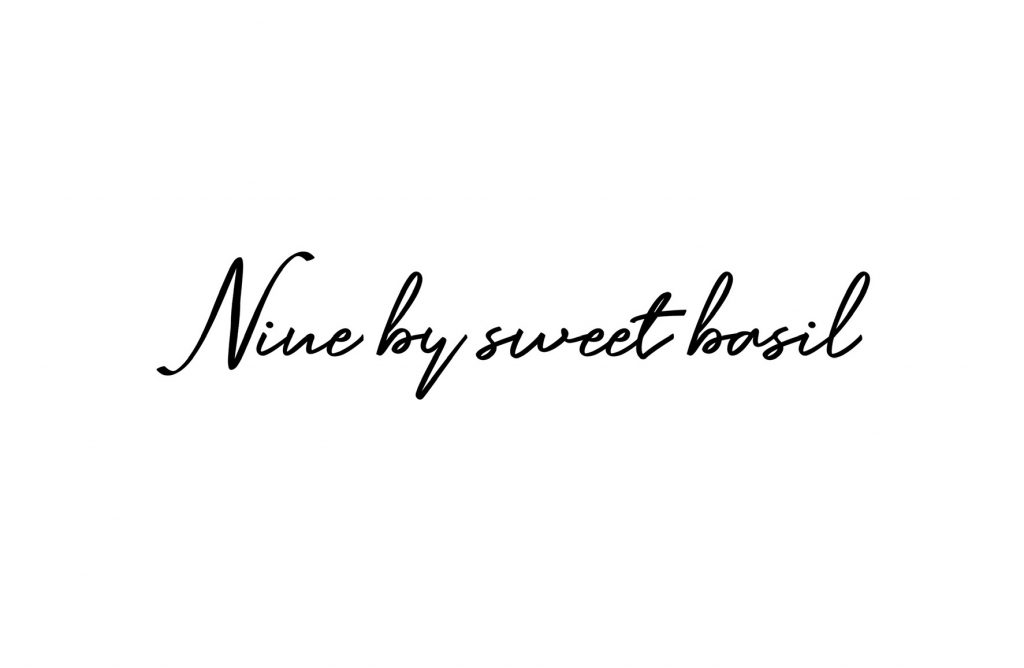
Many people use hairspray as a finishing touch to their styling. There are various types of hair sprays, from those that harden hair to those that create a fluffy, airy style.
Because all you have to do is spray it on, it is an easy and convenient item to use. But do you know what ingredients are contained in hairspray and what role they play? Or how they affect your hair and scalp… If you have been using hairspray without knowing, you should check it out.
Structure and types of hairspray
Hairspray is a pressure-resistant container (aerosol container) filled with an injectant (liquefied gas or compressed gas) and an undiluted solution, which is pressurized internally. When the spray button is pressed, the closed valve is released and the mixture of the spraying agent and the base liquid is sprayed as a mist.
In the case of hairspray, the undiluted solution contains “hair conditioning ingredients” that coat and condition hair, oil ingredients, and “alcohol” as a solvent that dissolves the oil ingredients. Hairspray can be broadly classified into the following three types.
Hard type
This is a type of hairspray that fixes hairstyles firmly in place. It contains “setting resins” with high film-forming ability and is suitable for fixing and keeping hairstyles in place for a long period of time.
Arrangement Type
This type is easy to use as it can be re-set with a fluffy finish while maintaining moderate adhesiveness between hair once set. Suitable for styles with an airy feel.
Gloss type
Coats hair with silicone and ester oil to make hair shiny and easy to run your fingers through. It does not have the styling holding power of the hard type or arrange type.
Ingredients commonly used in hair sprays
Since April 2001, the labeling of all ingredients in cosmetics has become mandatory, so it is easy to tell what is contained in hairspray by looking at the list of ingredients. Here are some of the ingredients commonly used in hair sprays. Please check what ingredients are contained in your hairspray.
Ethanol
Ethanol is used as a solvent. Its high volatility makes it quick-drying. It is also a refreshing ingredient because it provides a cool sensation when ethanol volatilizes, and it also has antibacterial properties.
LPG (liquefied petroleum gas)
LPG is used as an injection agent.
DME (dimethyl ether)
Contained as a propellant.
Copolymer
Contained as a styling ingredient. Coats hair by forming a film.
Alkyl ethylhexanoate
Contained as an emollient and oil that adds shine to hair.
Diphenyl dimethicone, dimethicone, polysilicone
These are all types of silicones that adhere to the hair surface and coat it, making it easier to run your fingers through your hair and giving it shine. They also make hairstyles more resistant to breakage.
Hydrolyzed Silk
Contained as a hair protective ingredient.
Hydroxypropyl chitosan
Contained as a hair protective ingredient.
Panthenol, PPG (polypropylene glycol)
Contained as an emulsifying oil. Also improves the feel of the hair.
Sodium dilauroyl glutamate syringe
A type of surfactant with moisturizing and protective effects on hair and skin. It also quickly penetrates inside the hair to repair it, while at the same time coating and protecting the surface.
Isostearic acid
Formulated as an emulsifier, surfactant, and binder, it enhances product stability.
Glycerin
Due to its high moisture retention properties, it is used as a humectant, or to adjust viscosity, and as an antibacterial agent.
BG (butylene glycol)
A relatively non-irritating moisturizer and antibacterial agent. It is less irritating than ethanol and glycerin.
Methylparaben, Phenoxyethanol
These ingredients are used as preservatives.
Effects on hair and scalp
Some people point to hairspray as a cause of thinning hair and scalp problems. Hairspray is used to keep hair in place and should not be applied to the scalp.
While some hair sprays contain gentle ingredients such as those that repair hair, it is important to keep in mind that their main purpose is not hair care. When washing hair that has been treated with hairspray, it is important to rinse it gently with warm water at first to allow the hair to loosen to a certain extent before shampooing.
It is also important to rinse it out thoroughly, as leaving hairspray unwashed can cause thinning hair and other problems.
